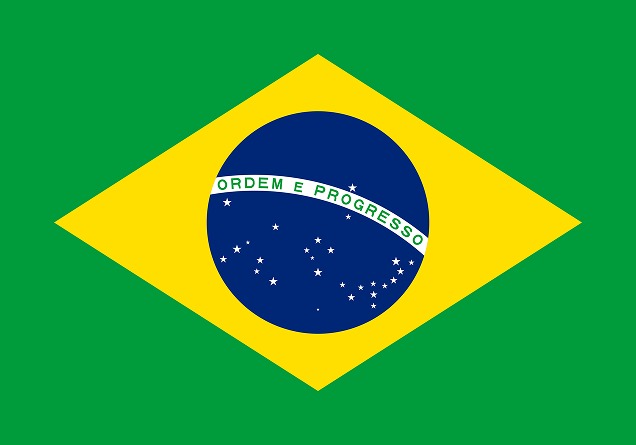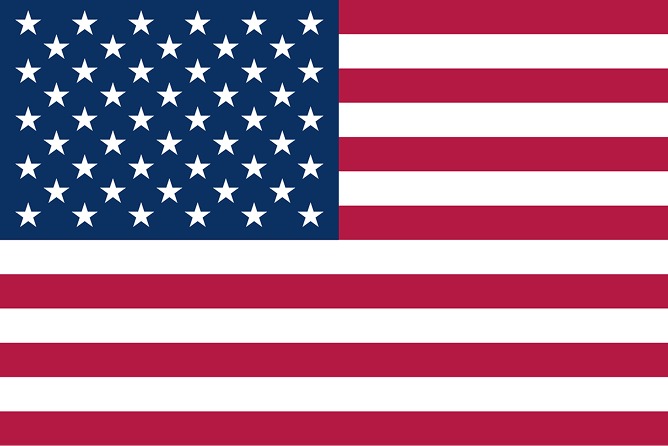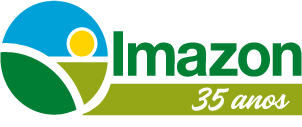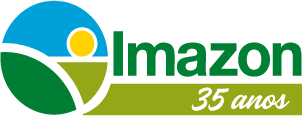No podemos encontrar internet
Intentando reconectar
¡Algo salió mal!
Espera mientras volvemos a la normalidad
Water

Water availability in Brazil is essential for agricultural and industrial production, energy generation, domestic supply, fishing, and transportation. This is even more critical in the Amazon, where thousands of traditional peoples and communities depend directly on rivers for food and access to basic services, such as healthcare and education. Therefore, monitoring water resources in the country and in the biome is essential to ensure the population’s quality of life.
With that in mind, the MapBiomas network created the MapBiomas Água platform in 2021, with national technical coordination by Imazon. Through this tool, it is possible to access and analyze data on Brazil’s surface water dating back to 1985, with filters by state, municipality, river basin, and even nearby reservoirs. Based on this information, MapBiomas and Imazon have published studies showing the trend of decreasing water resources in the country and in the Amazon, also issuing recommendations for greater protection of water.
The most recent study revealed that, after 12 consecutive years with the surface below average, the Amazon had its first positive balance in 2022 due to the heavy rainfall caused by the La Niña phenomenon. Last year, the region presented 11.3 million hectares of water surface, 13% more than in 2021. However, just as droughts are bad, excessive rain also is, as it causes floods that generate losses and risks to people, in addition to affecting food production.
Despite this, the historical series of the last 38 years shows that the biome is drier, which puts important floodplain productions, such as açaí, at risk for the regional economy. Between 1985 and 2022, the Amazon experienced 23 years with aquatic surface below average, 14 years above, and only one year at the average. And the worst drought scenario occurred recently, between 2016 and 2021, when this extent varied from 8% to 4% below average.
This monitoring and the scientific research that uses its data help identify how populations are suffering the consequences of the water crisis. In 2022, in the Amazon, extreme cases of droughts and floods even occurred in the same year in states such as Acre and Amazonas.
Through the MapBiomas Água platform, Imazon has also carried out specific analyses of water resources in highly pressured territories, such as the Yanomami Indigenous Land. According to the institute, 1,600 hectares of the Yanomami water surface (8%) are at least 1 km away from a mining site, with probable mercury contamination.
Prior to the creation of the tool, in 2019, a study by Imazon carried out in partnership with WWF-Brasil had already brought the theme of water reduction to public discussion. The study showed that the decrease in flooded areas is caused by changes in rainfall patterns, deforestation, and indiscriminate infrastructure works, which affect the natural dynamics of the ecosystem and cause changes in water flows. At the time, the area where these multiple human interventions were most evident coincided with the so-called “arc of deforestation” in the southern portion of the Amazon.
In addition to this work, the institute also carries out analyses of water quality and aquatic fauna and flora in conservation units for the preparation of management plans. An example of this was the study of the Jará, Tucunaré, Laguinho, and Curumucuri lakes, located in the Jará Environmental Protection Area (APA), in Juruti, in western Pará. This analysis verified whether the water in these locations was appropriate for human consumption and recreational use.
 PT
PT
 ES
ES
 EN
EN

